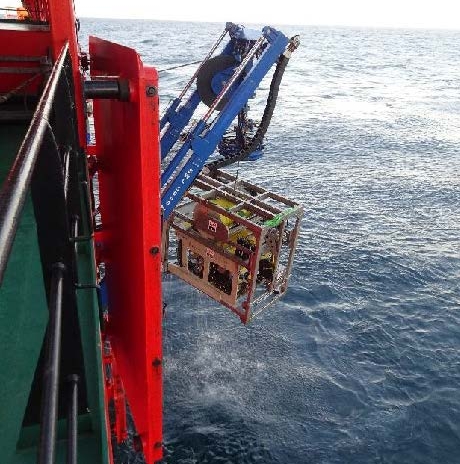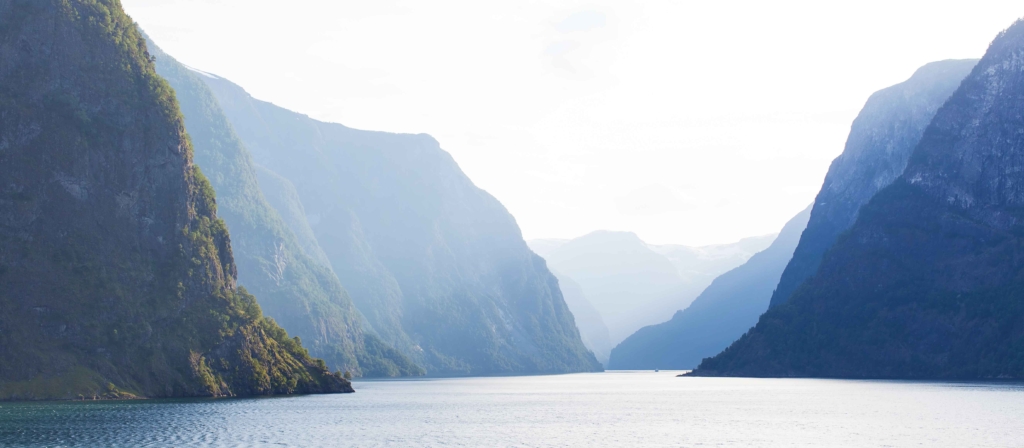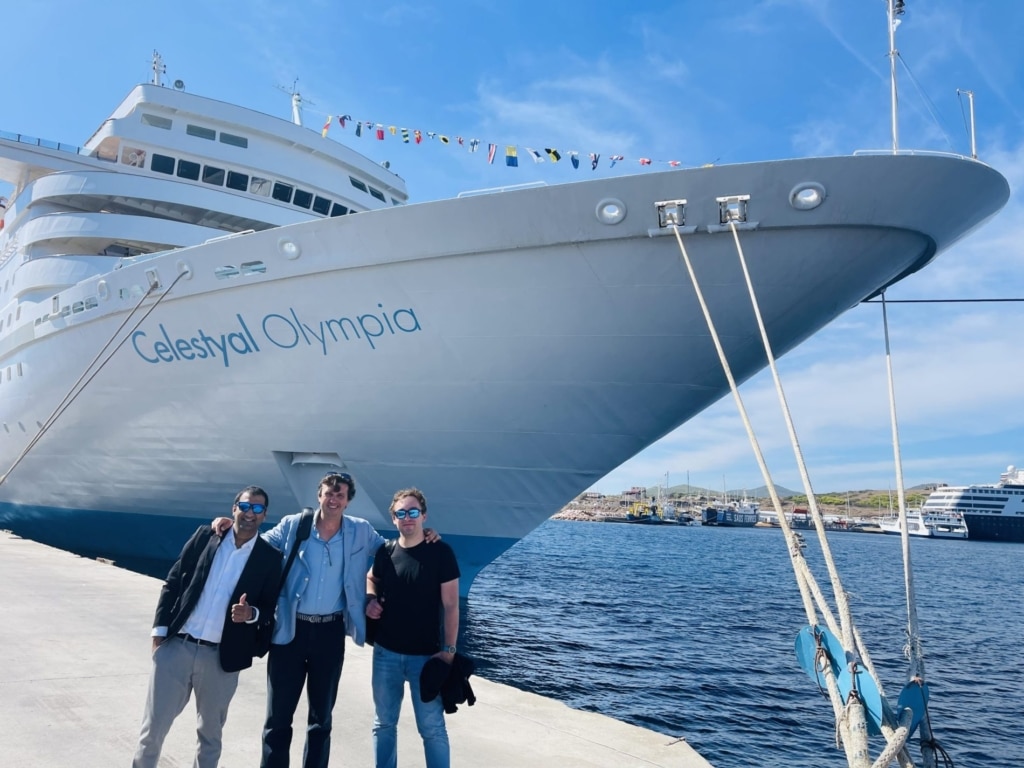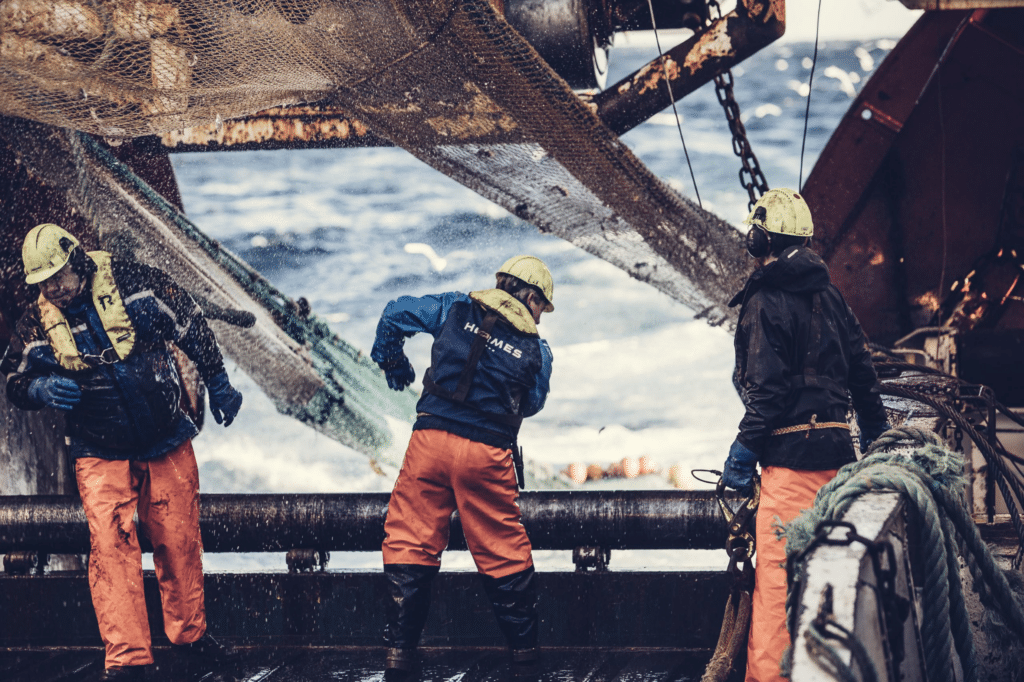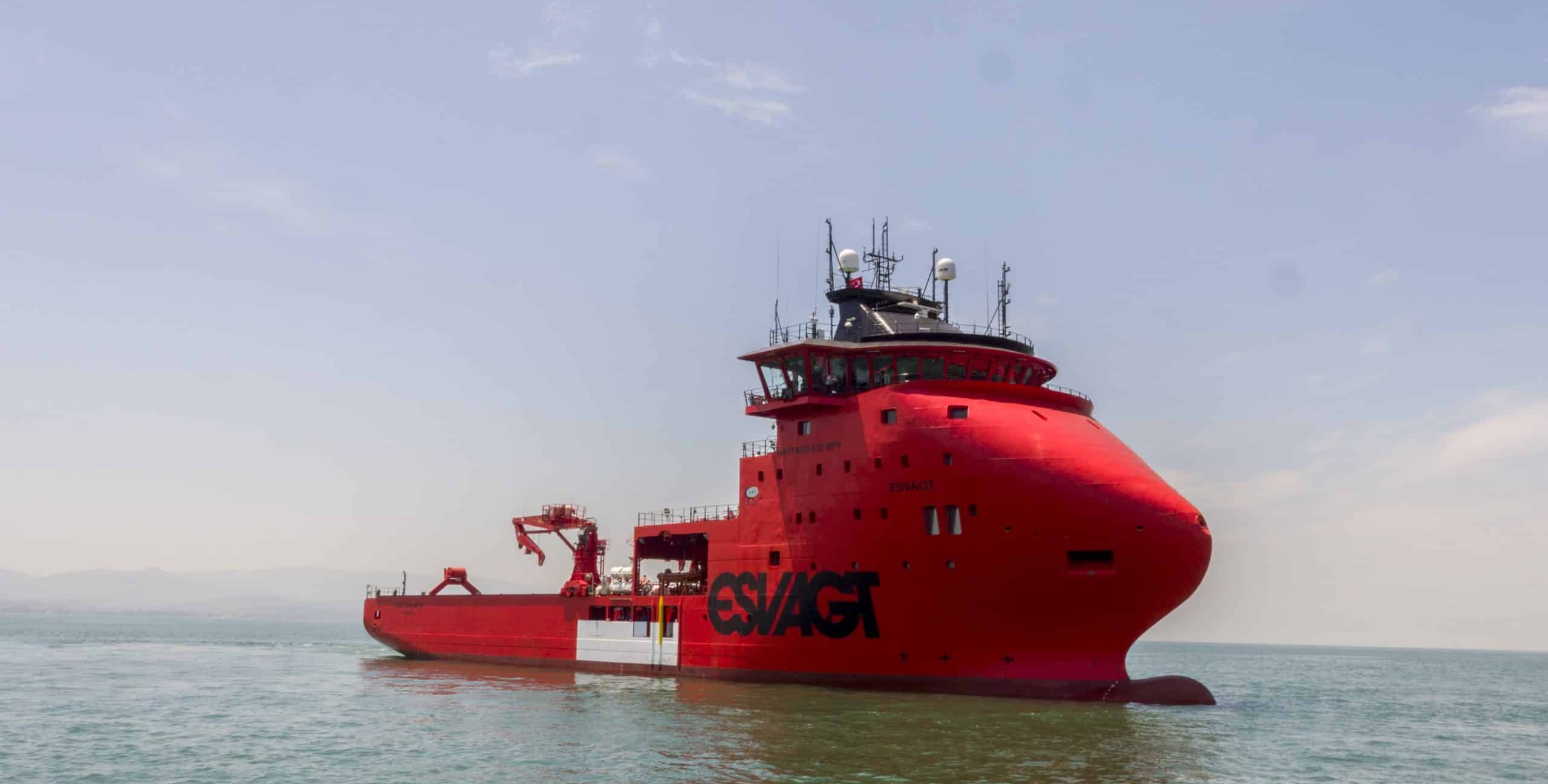
Project Greensand is at the cutting edge of carbon recapture. Taking liquidised CO2 and pumping it back into depleted wells in the North Sea. In close collaboration with Seasat, we provided vital connectivity links to ESVAGT INNOVATOR, allowing for analysis of recordings and data transfer both onboard and ashore.
An international consortium
One of the most exciting European projects in the race to achieve 2030 carbon goals must be Project Greensand which is working towards making CO2 storage part of Denmark’s solution to the climate challenges we all face.
Project Greensand is truly ground-breaking, aiming to demonstrate whether the concept of carbon capture and the related technology can work at scale, opening up the prospect of other countries following its lead.
A consortium of partners from Denmark and around the world are working together at the vanguard of this technology which aims to liquify and bury deep underground up to 13% of the country’s CO2 emissions. The liquified CO2 will be pumped back into depleted wells in the North Sea off Denmark.
One of these consortium members is Esvagt, a company which has been part of the oil and gas ecosystem in the North Sea for more than 40 years and has been instrumental to the building of today’s standards relating to safety and secure operations through its development of the Emergency Response and Rescue Vessels (ERRV) operating in the region.
With such a wealth of experience in, and commitment to, safety, Esvagt was delighted to be invited to join the consortium where its role is to provide a vessel dedicated to facilitating the seismic recordings and measurements taken throughout the duration of the project. The ESVAGT INNOVATOR is currently on long-term charter to INEOS. For the Greensand project the vessel is hosting more than 10 other partners and their staff, all handling the technical aspects of the project, and this is where Telenor Satellite gets involved.
Data sent between ship and shore
Through our Danish reseller, Seasat, we have been providing connectivity to the vessel, enabling data to be sent from ship to shore and vice versa. In fact, connectivity is a vital element of the project which requires quick analysis of the recordings coming from each of the different aspects of the project and the many partners involved. This is in the form of a 12/1 Mbps service which is delivered by our satellite THOR 5/Spot 1 on Ku-band. In addition to the connectivity required by the researchers, we are also maintaining communications links in support of the ship’s own critical systems such as DP positioning, systems monitoring, and internet.
“It is wonderful to see a Danish project at the cutting edge of sustainability technology and we are delighted to be involved. We have a longstanding relationship with Telenor Satellite, so we had no hesitation in bringing them into the fold.”
Sensors positioned on the seabed
In fact, the work is happening two kilometres down in the seabed, so positioning of the vessel is extremely important to ensure that the sensors can be positioned precisely where needed to obtain the data necessary to the monitoring of the project. This means that it is crucial that there is sufficient bandwidth at all times.
Explains Nils Overgaard, Esvagt’s Head of Special Projects, “The weather in the area is quite harsh with quite a big swell for much of the time, but we need the vessel to be situated within plus or minus one metre of the desired location which adds to the challenge even when wave heights are relatively insignificant.”

High availability where it really counts
Certainly, from Telenor Satellite’s point of view, maintaining near 100% uptime is always more challenging in high seas as the ship is moving so much but, according to Jan Hetland, our Director, Data Services, this is something the company has great experience with. “Many of our clients are operating in the harsh conditions of the North Sea, in fact we provide services to vessels as far north as 79⁰, so we have a wealth of expertise in ensuring robust connections even under the most difficult of circumstances.”
“In terms of communications links, each and every partner has experienced remarkable connectivity, and many were surprised at the quality of signal they have received. There has been a clear thumbs up that it has been exactly what was needed for the project data to be smoothly transmitted ashore. The satellite system has played a crucial role in the success of the project.”
